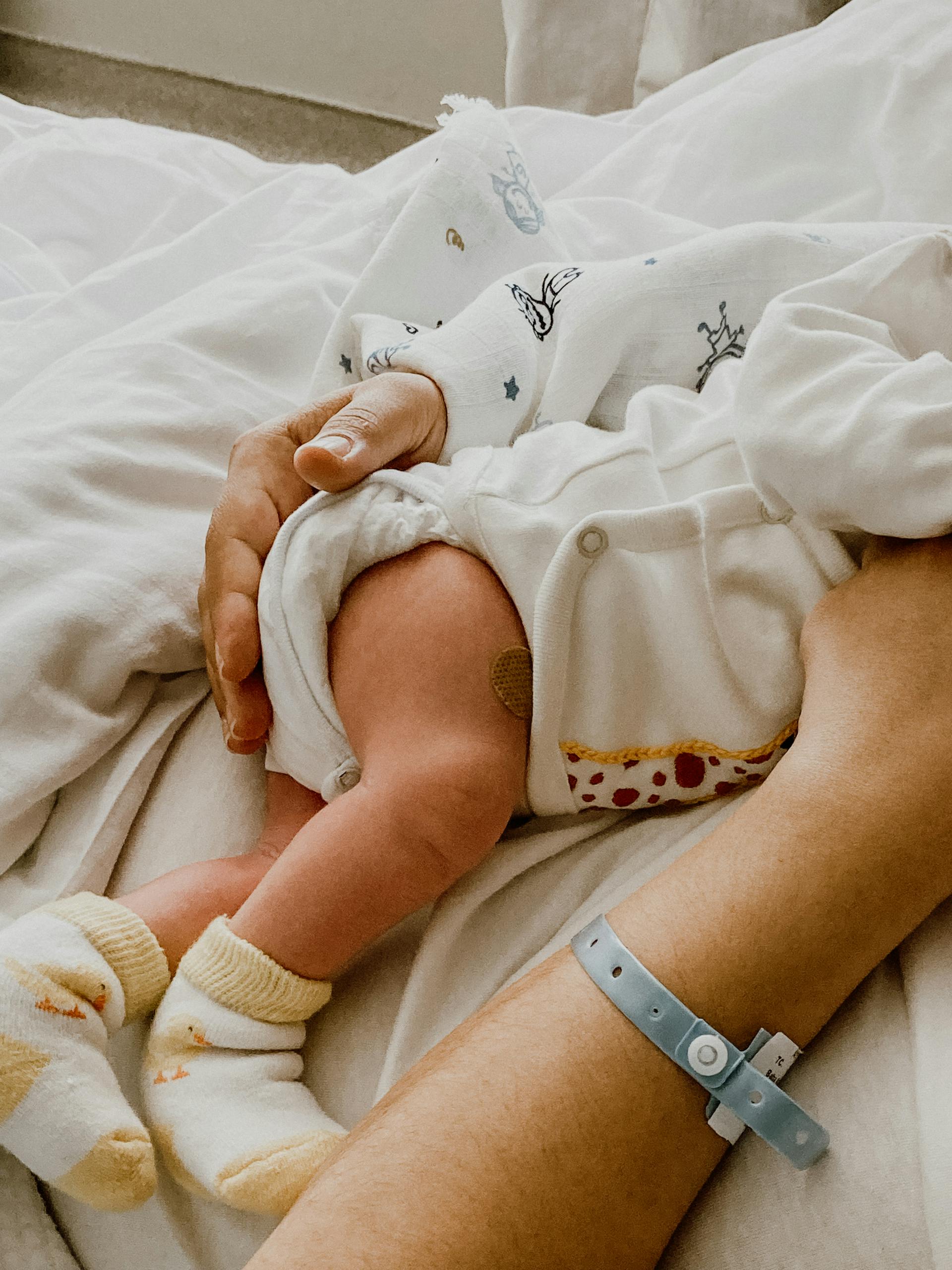Lactation Soup Recipe for New Moms
After birth, your body is doing incredible work, it’s healing, replenishing, and producing milk to nourish your baby! This lactation soup is perfect for new moms for the first 6-8 weeks postpartum.
Your postpartum diet is just as important as you pregnancy diet! Your body is working hard to heal and needs nutrient dense foods to restore what pregnancy and birth have used up.
Nutrition is the key to healing your body, supporting breastfeeding and balancing your hormones.
According to Maranda Bower at Postpartum University that “80% of postpartum women are deemed moderately to severely nutrient deficient due to the high demands of breastfeeding, physical recovery, and hormonal changes, along with excessive misinformation surrounding healthy foods during this sensitive time. “
Eating well after giving birth is so important! Your body needs nutrient-dense, easy to absorb, warm, cooked foods. After birth, your digestion slows down and your body needs easy to digest nutrients that don’t take too much energy to digest. This lactation soup is simple to make and healing for your body.
Why do warm, cooked foods matter?
- Your body needs needs warm, cooked foods instead of salad and smoothies. Warm foods such as soup, broths and stews are great for the first 6-8 weeks postpartum.
- Cold foods require a lot of energy for your body to break them down. Your postpartum body doesn’t need to waste any energy by eating foods that make your digestion work too hard.
- The food you eat should be food that your body can use/absorb now. Such as protein that your body can use for tissue repair. Healthy fats are also helpful to support hormones, support your milk supply and regulate your mood.
- Cooked vegetables are easy for your body to absorb and therefore the nutrients are more available for your body to use.
- A few key nutrients to focus on in the postpartum diet include iron, magnesium, B vitamins, healthy fats and zinc.
Remember: Try to eat easy to digest meals rather than cold salads for 6-8 weeks postpartum. Warm foods truly help your body heal from the inside out.
When you body is warm, your milk flows more easily, your energy returns faster and your mood is more stable.
The Healing Power of this Lactation Soup
- This soup below has bone broth which provides collagen, minerals and gut-healing support.
- Carrots, sweet potatoes and spinach which are rich in vitamin A, iron and fiber for hormone and blood health.
- Healthy fats like olive oil nourish your hormones and brain
- Hydration from the broth keep your milk flowing
- Protein which rebuild tissue and keep you full and energized.
Here is a simple recipe I use most for postpartum Moms!
Lactation Soup
Ingredients
2 tablespoons minced garlic
2 tablespoons olive oil
1 rib of celery
1/2 medium yellow onion finely diced
1 large carrot, cut into bite sized pieces
2 teaspoons Italian seasoning
1 bay leaf
12 ounces of grass-fed meatballs or in a pinch you can purchase fully cooked Italian meatballs
2 cans diced tomatoes with italian seasoning (15 ounces each)
A bog of spinach
2 diced sweet potatoes
32 ounces of bone broth or chicken broth
2 cups of water
salt and pepper to taste
Instructions:
- In a pan add the olive oil, celery, onion and minced garlic. Cook on medium heat for 5 minutes.
- Next add the carrots, sweet potatoes, meatballs, seasonings, canned tomatoes, broth and water to a large crock pot. Stir well and add the olive oil, celery, onion and minced garlic to your crock pot.
- Cook on high for 4-6 hours, add the spinach 20 minutes before you serve it.
- Enjoy!
If you are feeling tired, overwhelmed or unsure how to support your postpartum recovery with a newborn, I’d love to help you build a plan that supports healing and sleeping. I believe every mom deserves care and support from a postpartum doula after having a baby.
Book your free postpartum call today and let’s get you back to feeling like yourself again. I support families who live in Northeastern Colorado and virtually all over the U.S.

